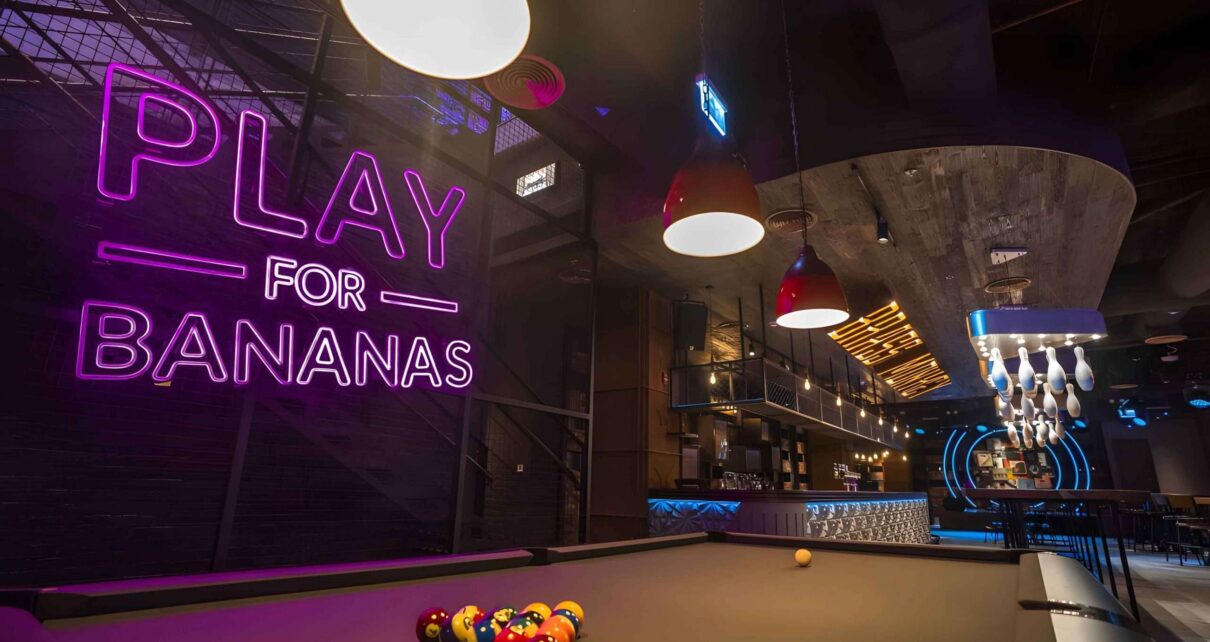Creating a winning beverage menu is a strategic endeavor that goes beyond listing drinks—it’s about creating an experience that complements your restaurant’s concept, delights customers, and increases profitability. Here’s an inclusive guide for beverage menu creation Dubai that captivates and satisfies your patrons:
Understand your audience and concept:
Begin by understanding your target demographic and aligning your beverage offerings with your restaurant’s theme or cuisine. Consider the preferences and expectations of your customers—are they looking for artisanal cocktails, local craft beers, or healthy beverage options? Tailor your menu to meet their tastes while staying true to your restaurant’s identity.
Variety and valance:
Aim for well-balanced menus that appeal to a wide range of tastes. Include a variety of beverage categories such as cocktails, mocktails, wines, beers, spirits, and non-alcoholic options. Ensure diversity in flavors, strengths, and styles to cater to different preferences—from refreshing and fruity to bold and robust.
Seasonal and local ingredients:
Highlight seasonal ingredients and local produce in your beverages to offer freshness and uniqueness. Seasonal cocktails featuring fruits or herbs in peak season appeal to customers and also showcase your commitment to quality and sustainability. Local beers or wines can also create a sense of place and support local producers.
Signature and specialty drinks:
Create signature cocktails or specialty beverages that are exclusive to your restaurant. These unique offerings can become your standout items, enticing customers to try something they can’t get anywhere else. Consider naming them creatively to reflect your brand and story, adding to their allure.
Pricing strategy:
Carefully consider your pricing strategy to increase profitability without deterring customers. Use cost-effective ingredients for base drinks while reserving premium options for specialty cocktails or high-end wines. Display prices clearly and competitively, ensuring transparency while maintaining perceived value.
Presentation and descriptions:
Presentation matters—design your menu with attractive layouts and visually appealing descriptions. Use evocative language to describe flavors, ingredients, and origins, enticing customers to explore new tastes. Incorporate appealing visuals or icons to highlight key features such as house specialties or low-alcohol options.
Offer beverage pairings with your food menu to improve dining experiences. Recommend wines that complement specific dishes, suggest cocktail pairings for appetizers, or propose mocktails for designated drivers or non-drinkers. This thoughtful approach can elevate the overall dining experience and encourage upselling.



